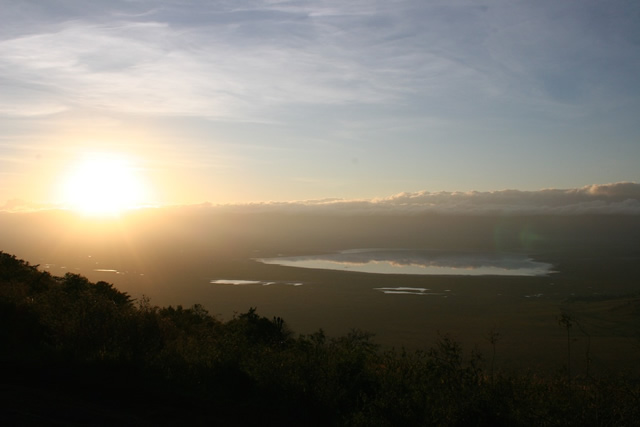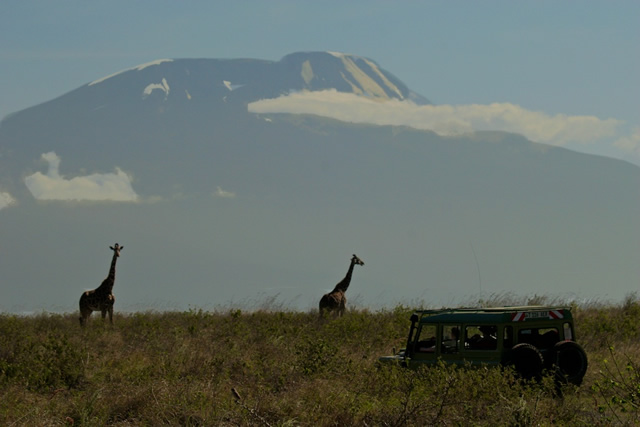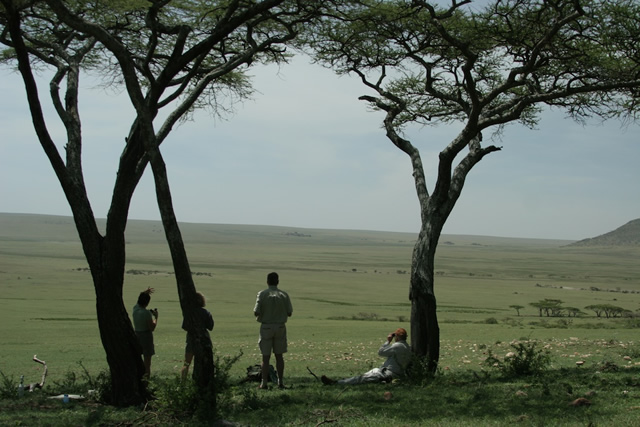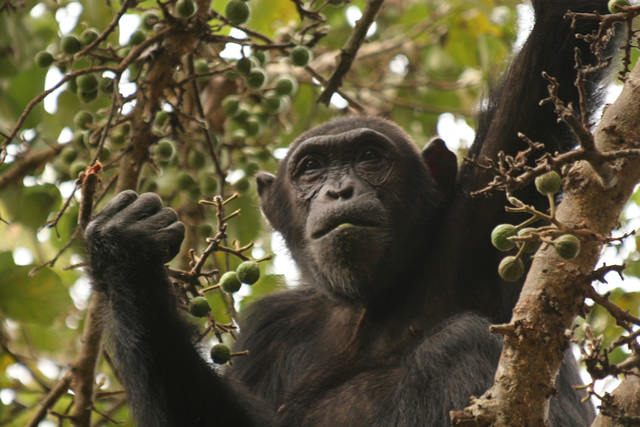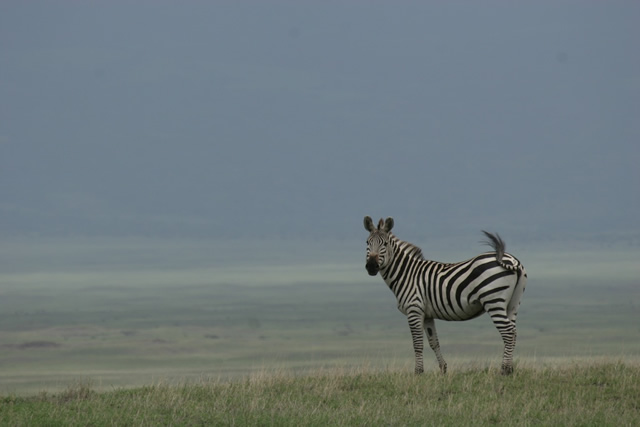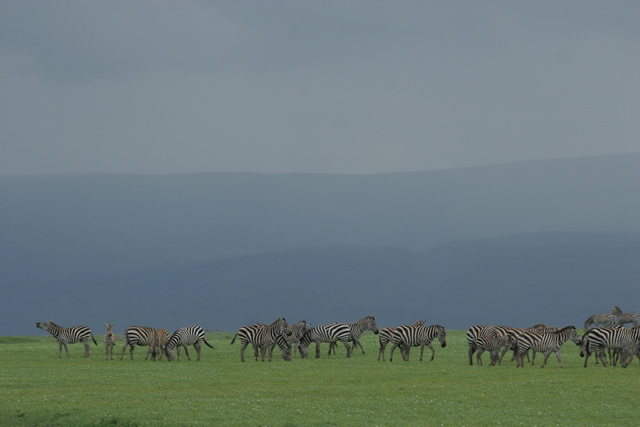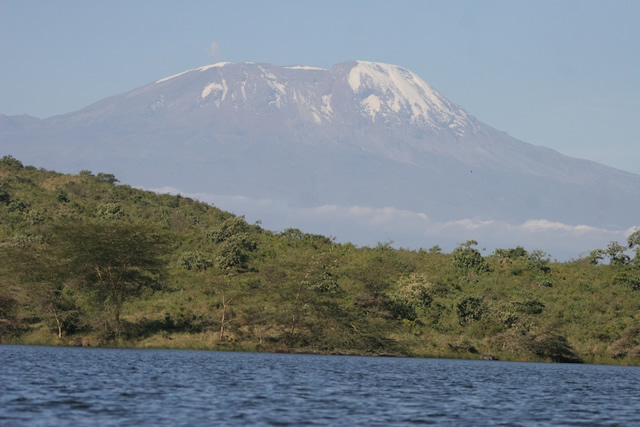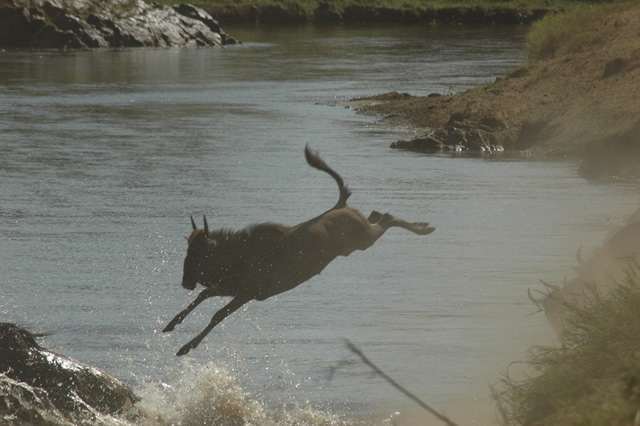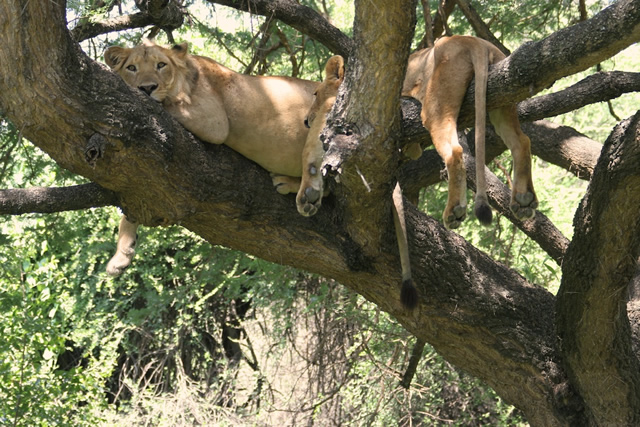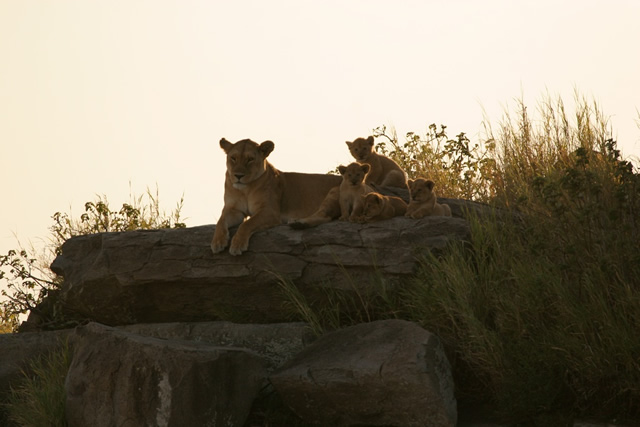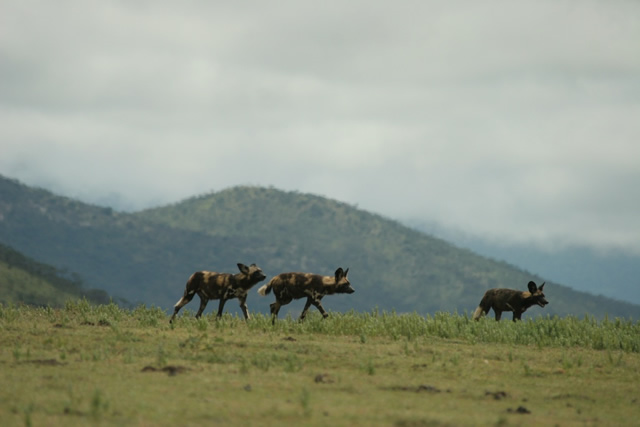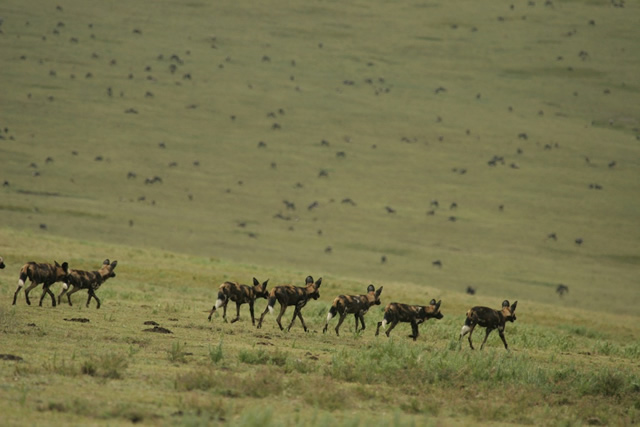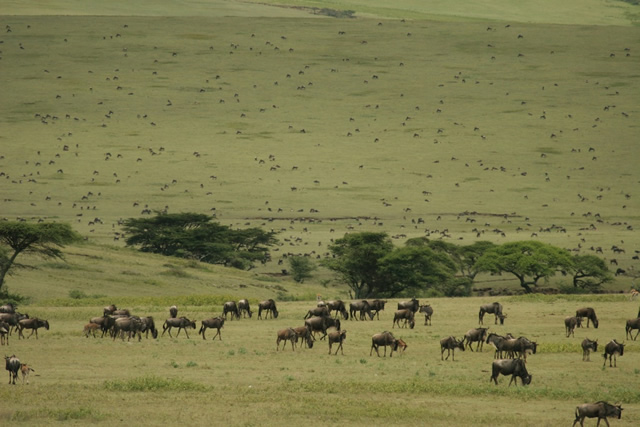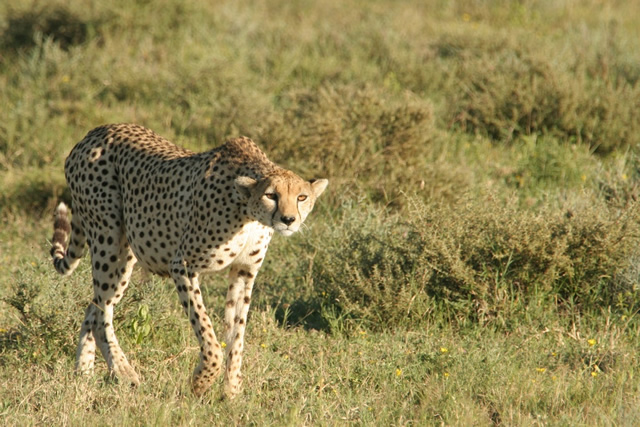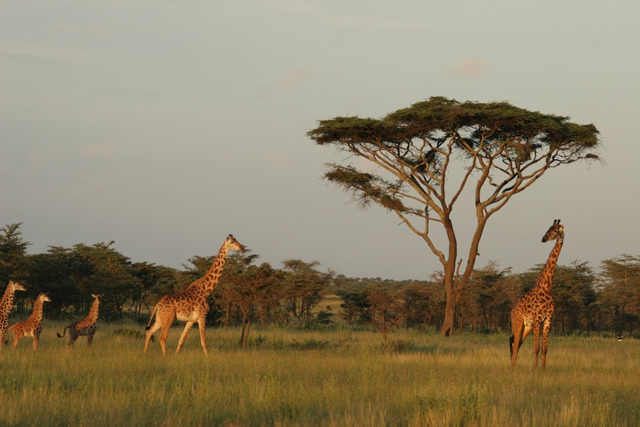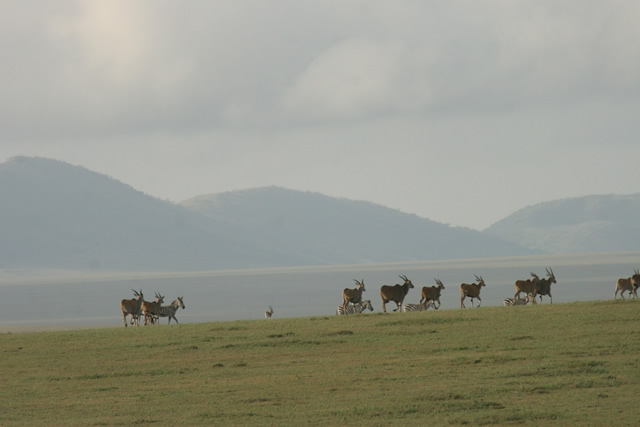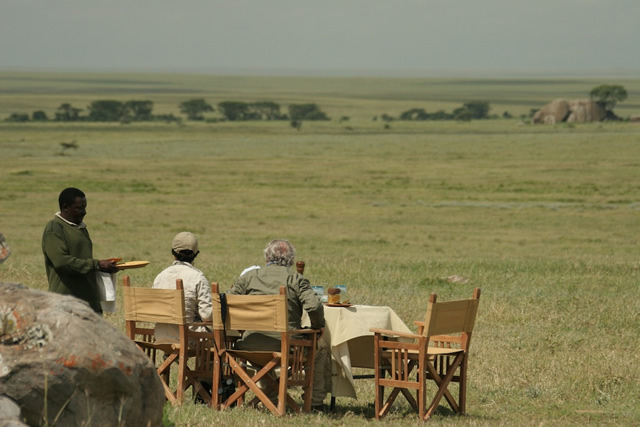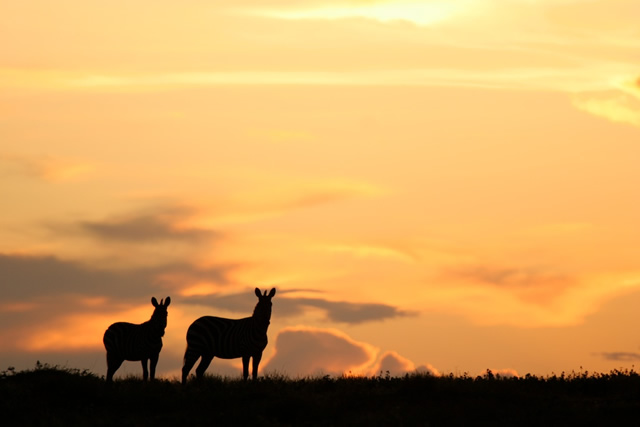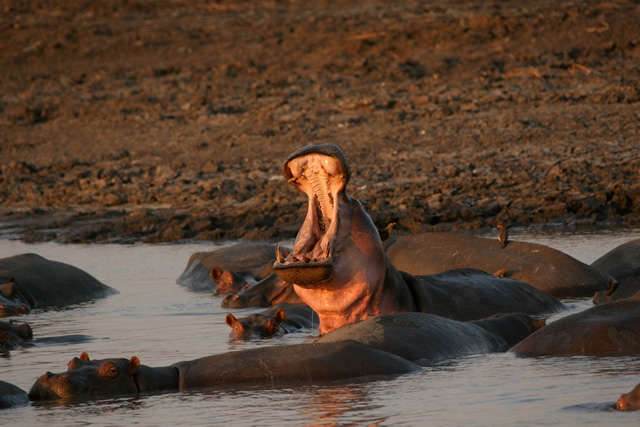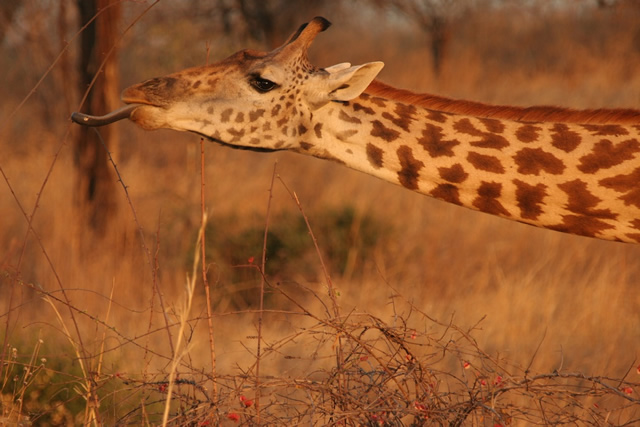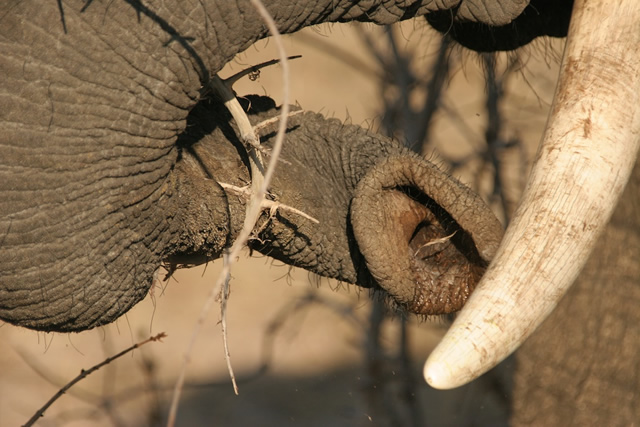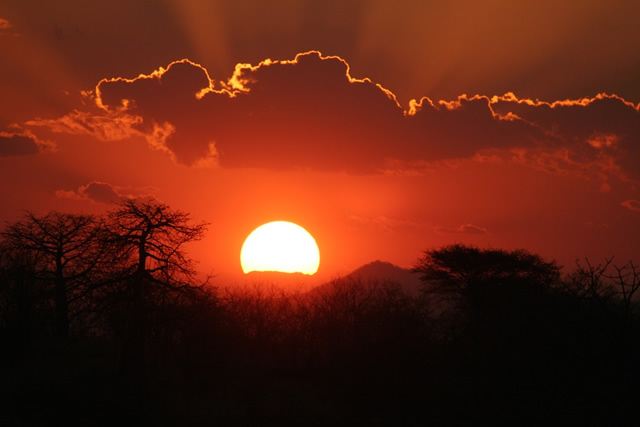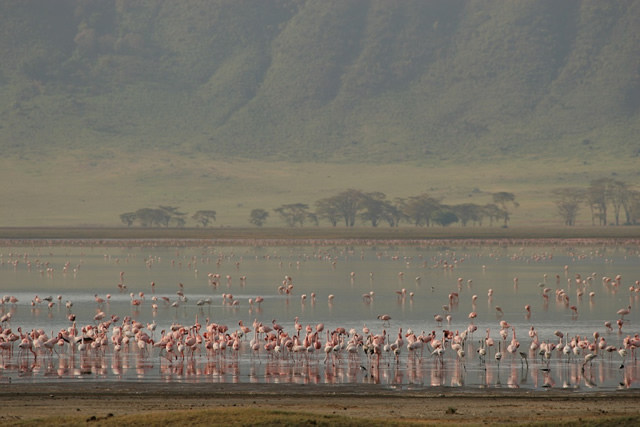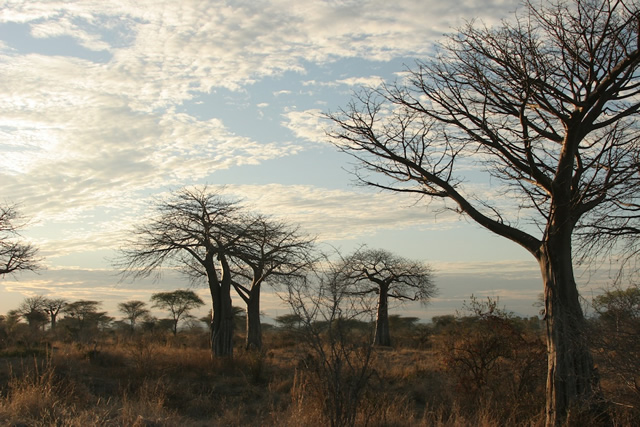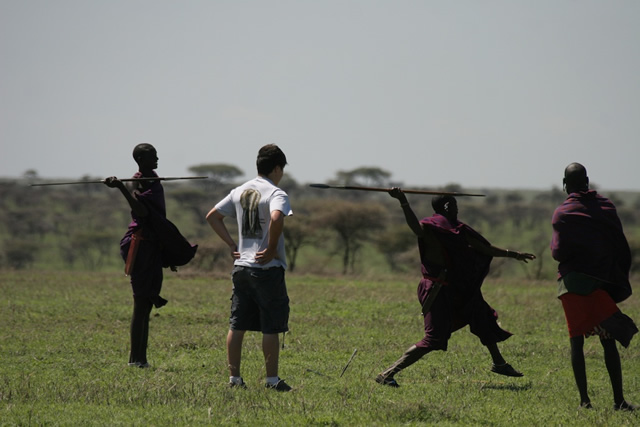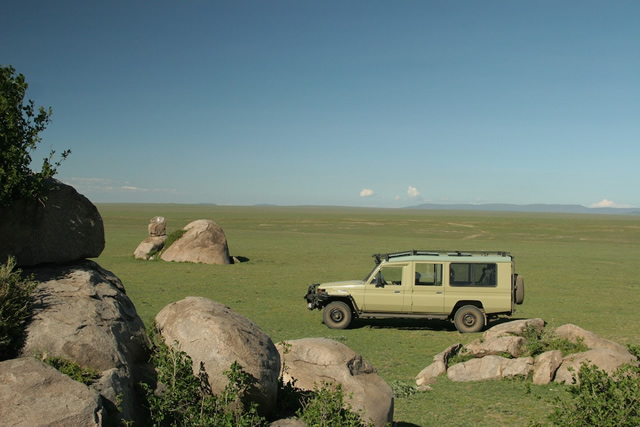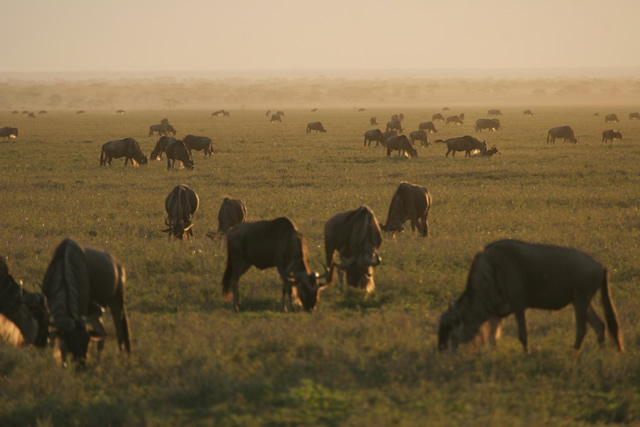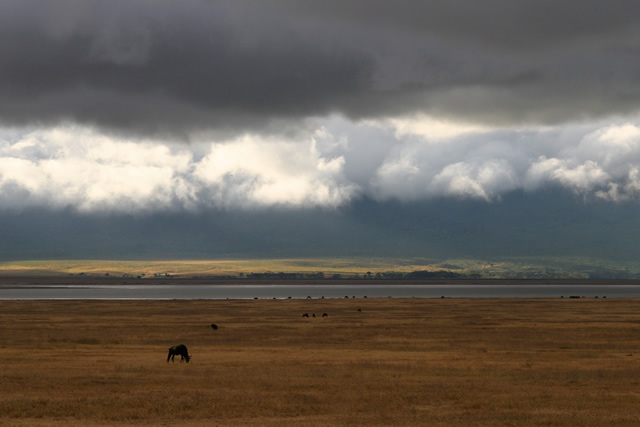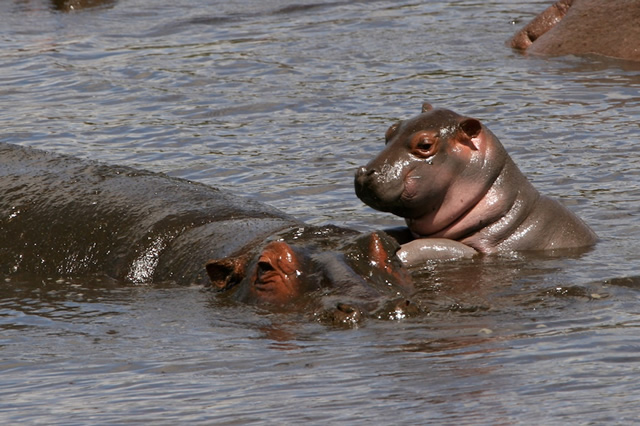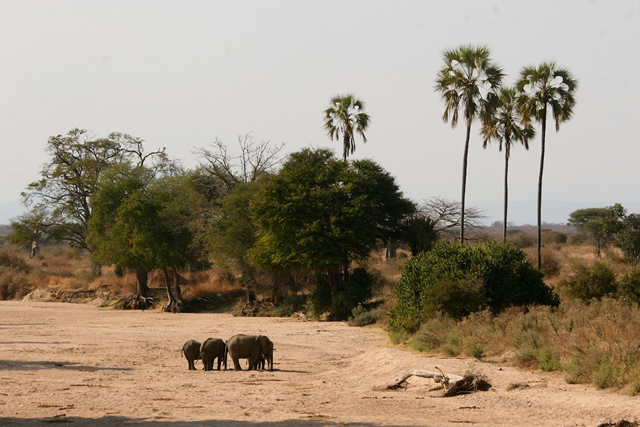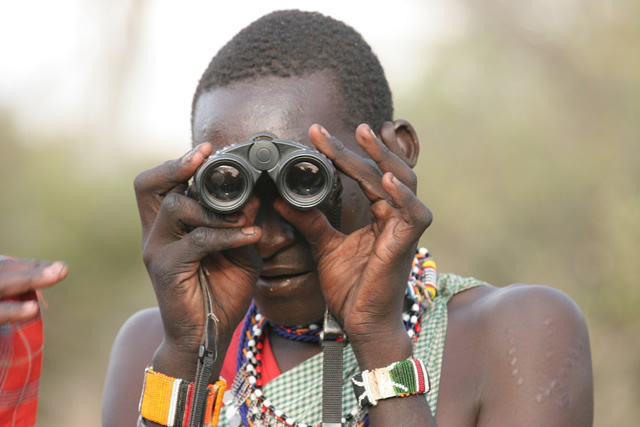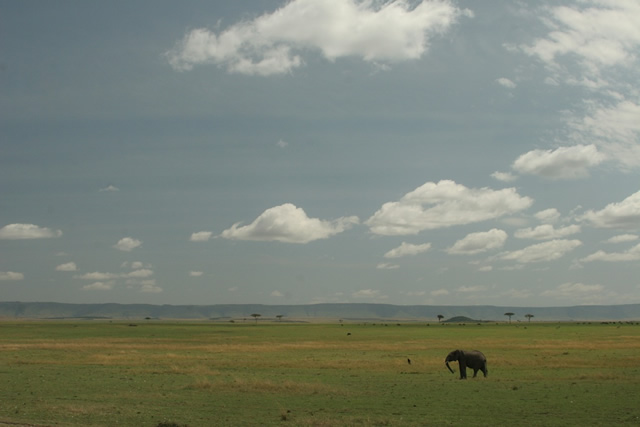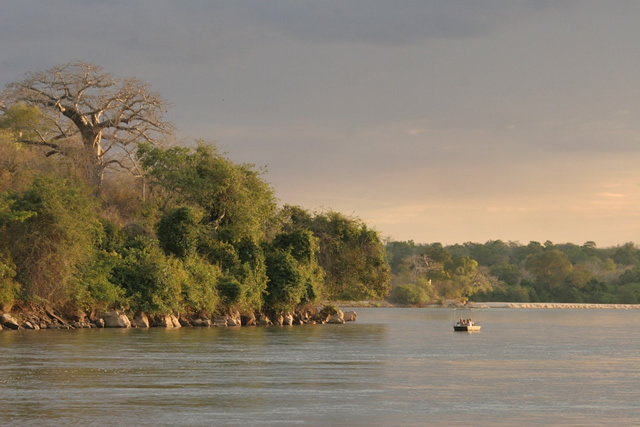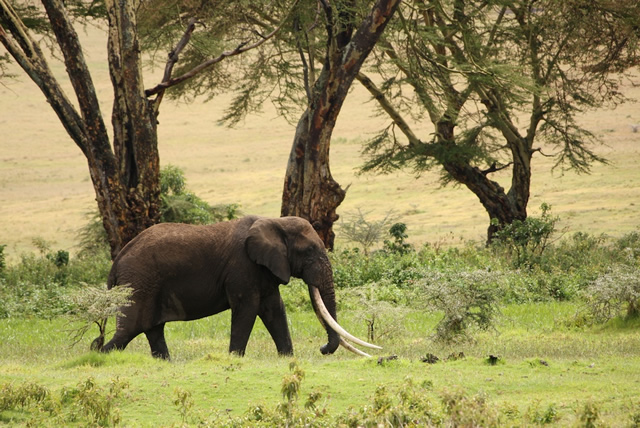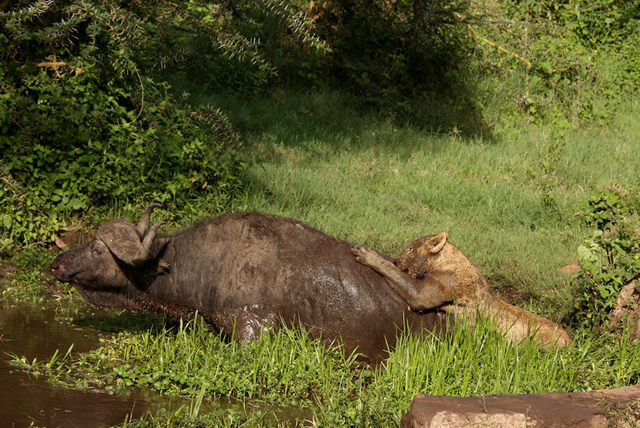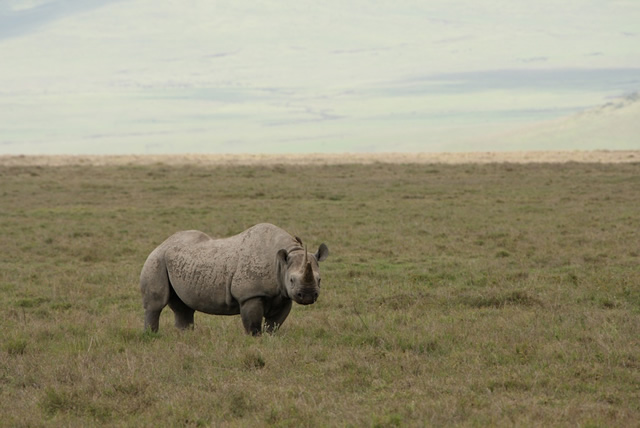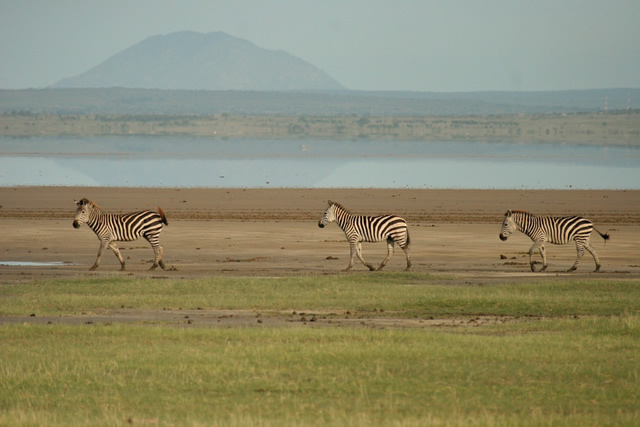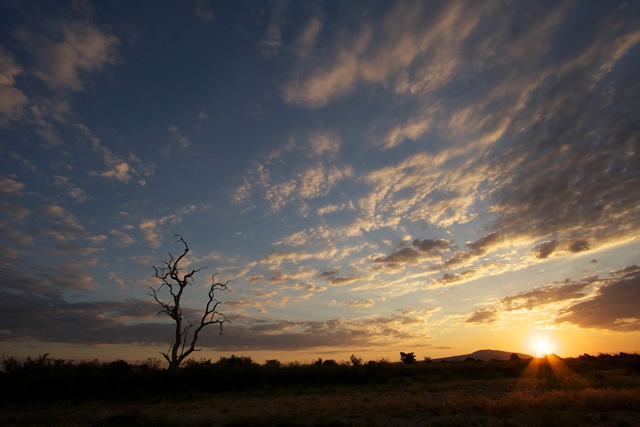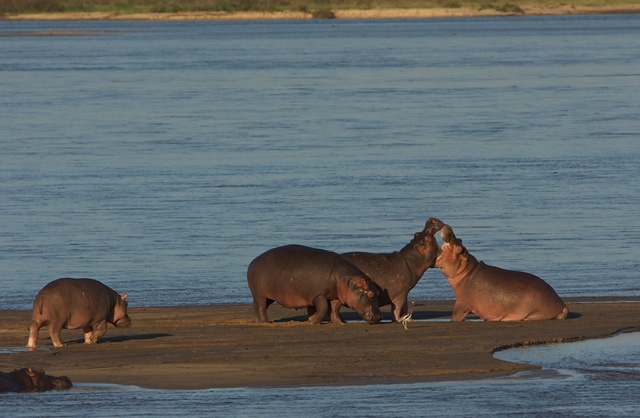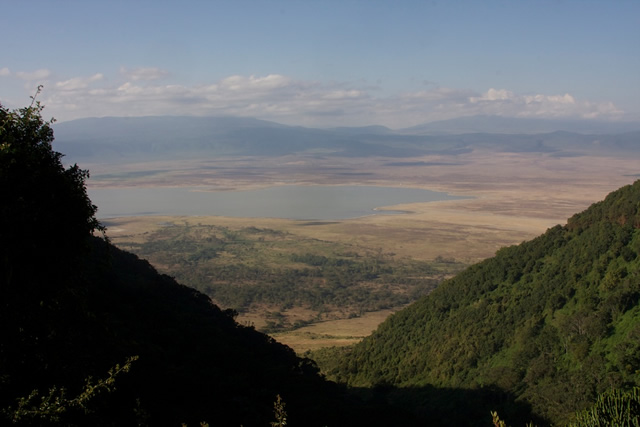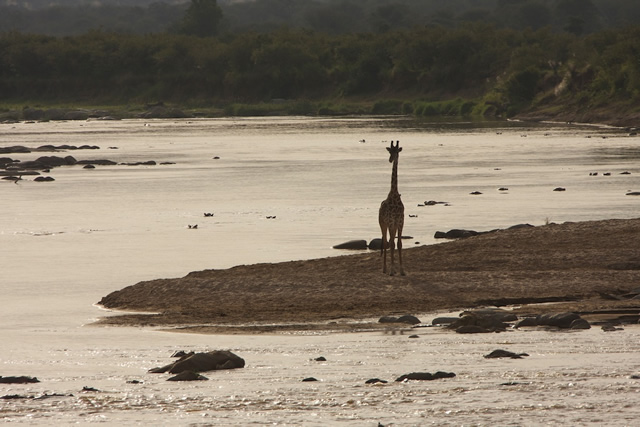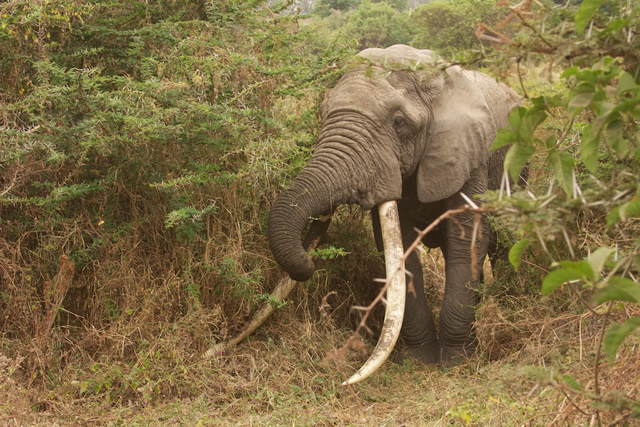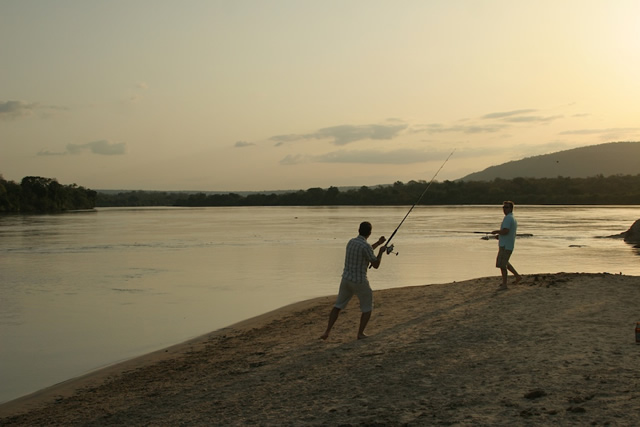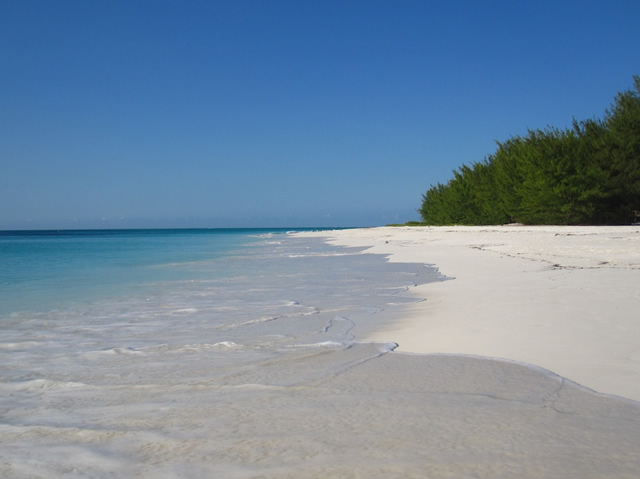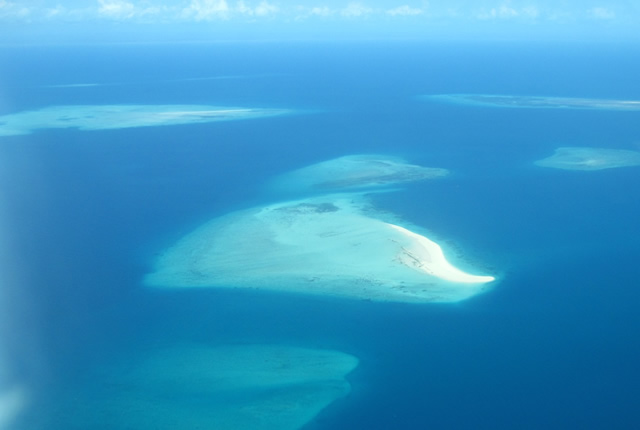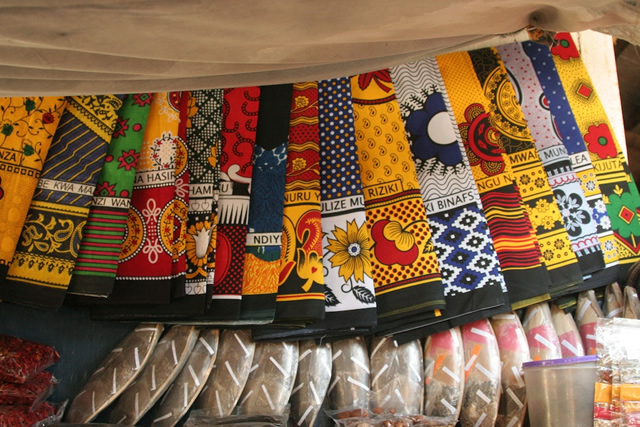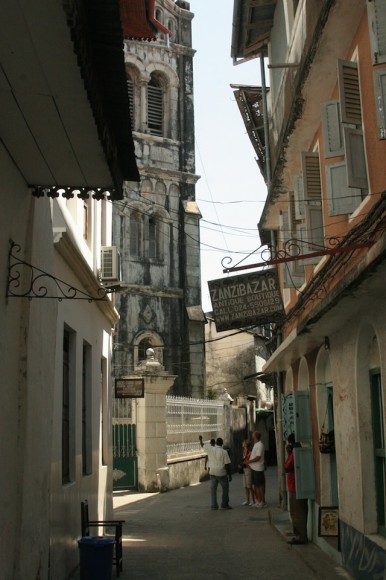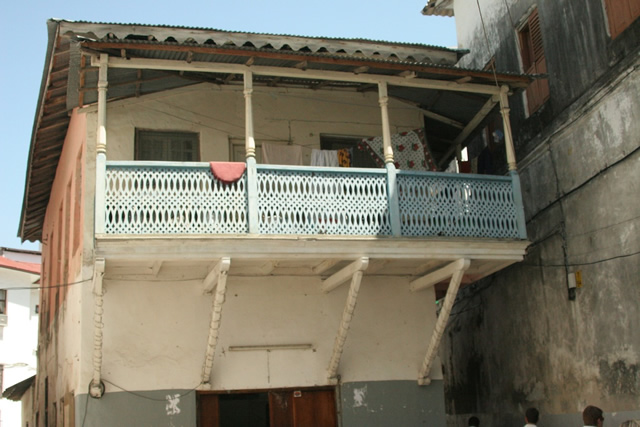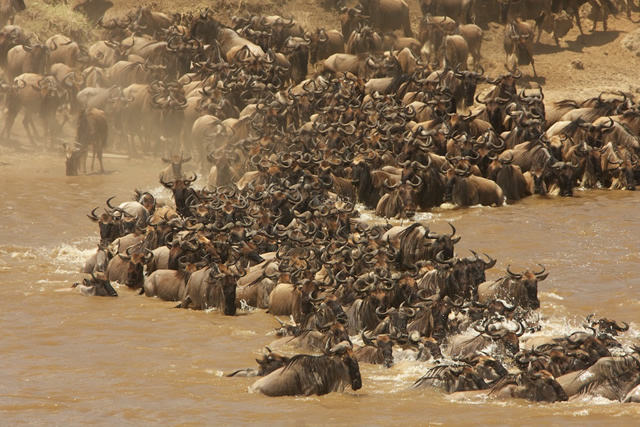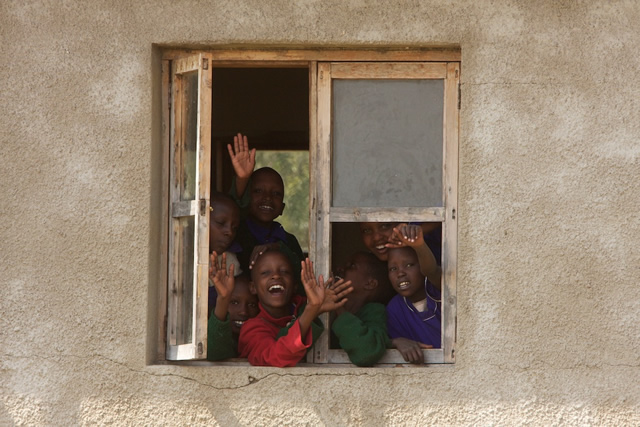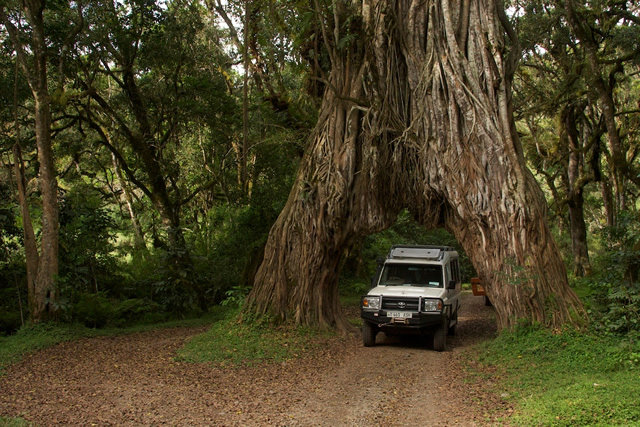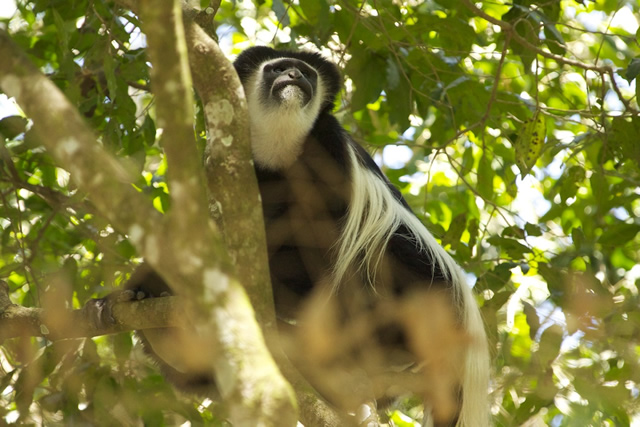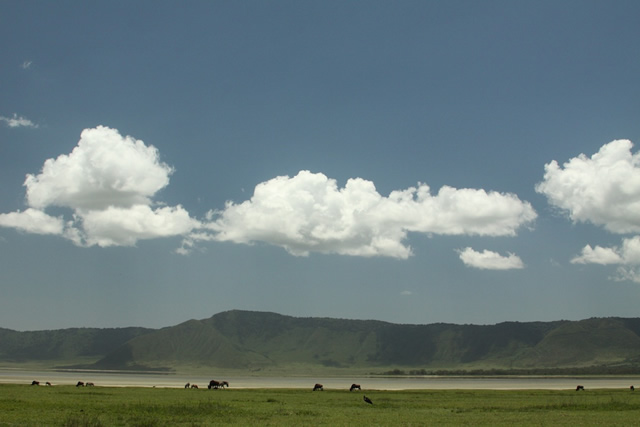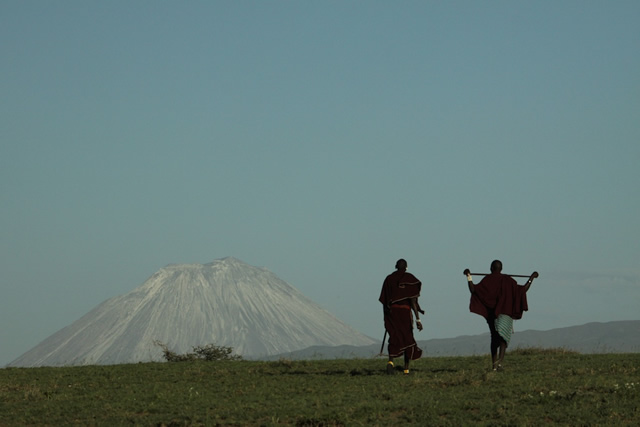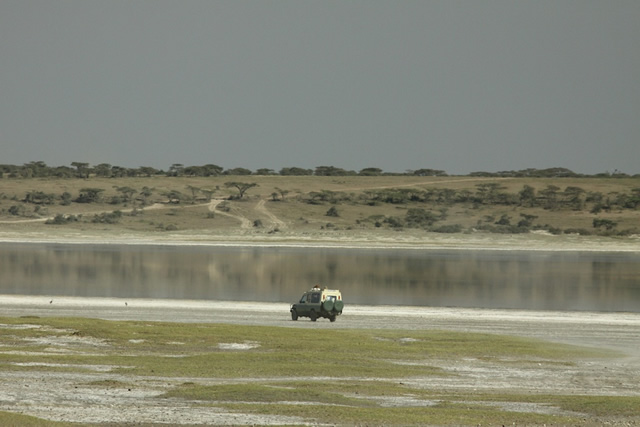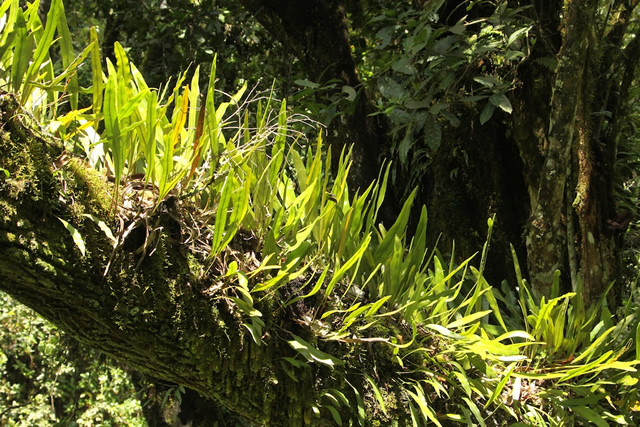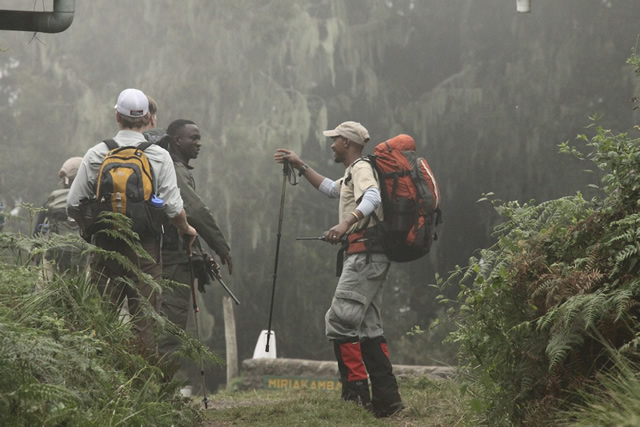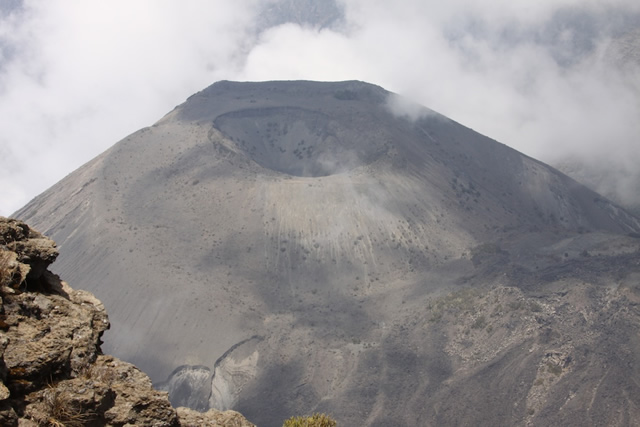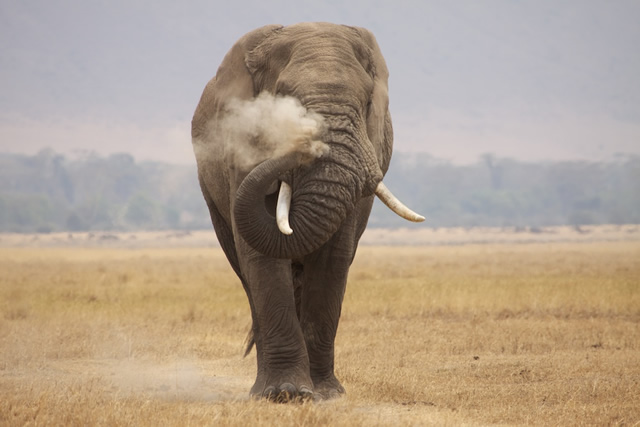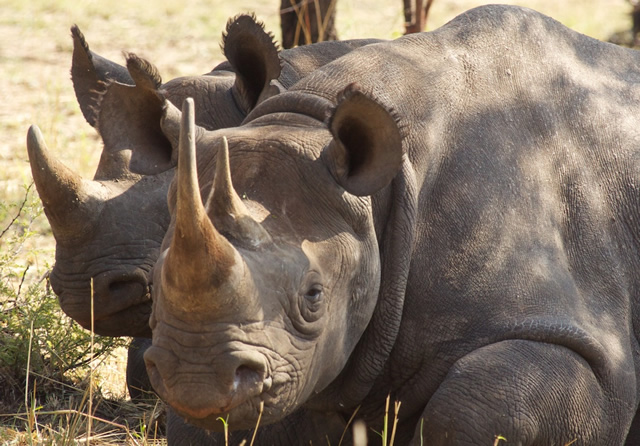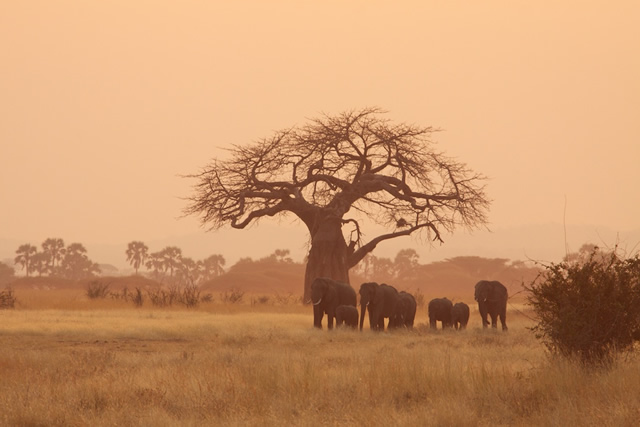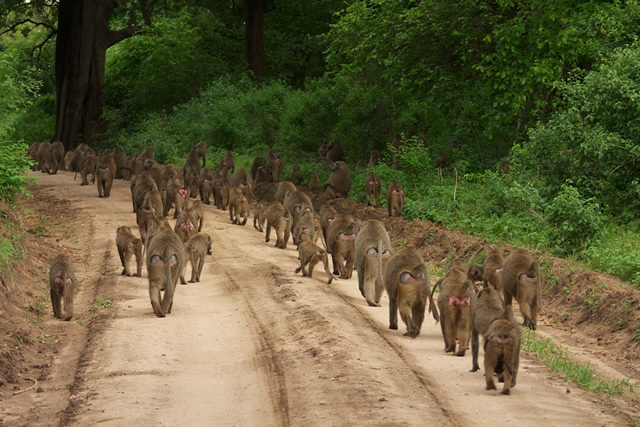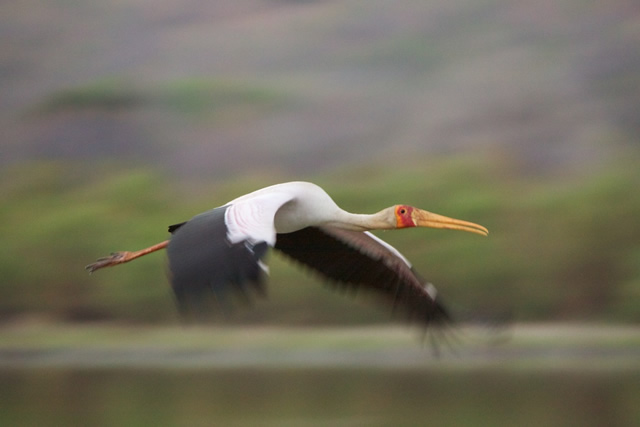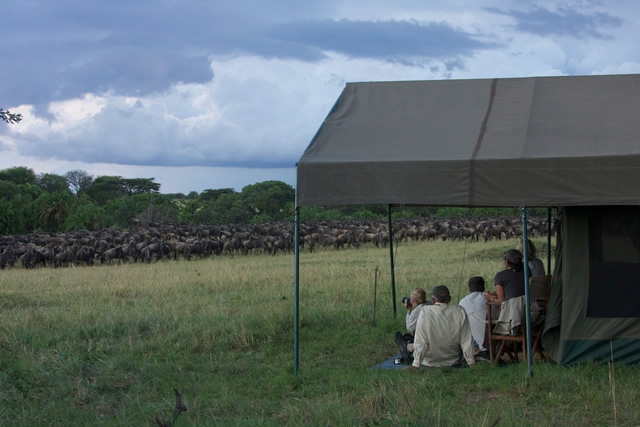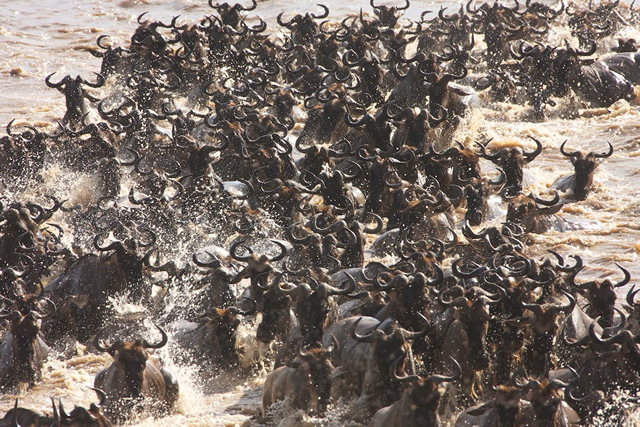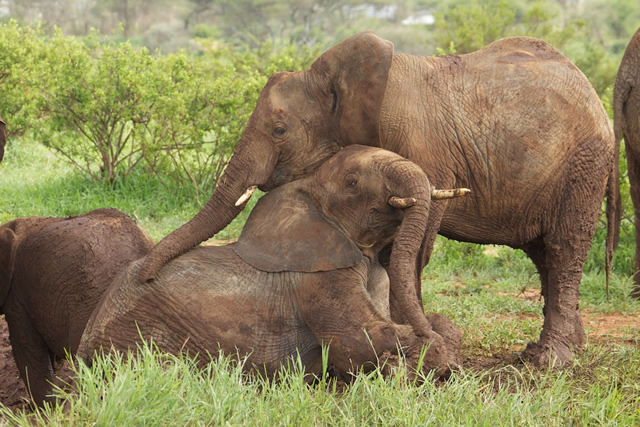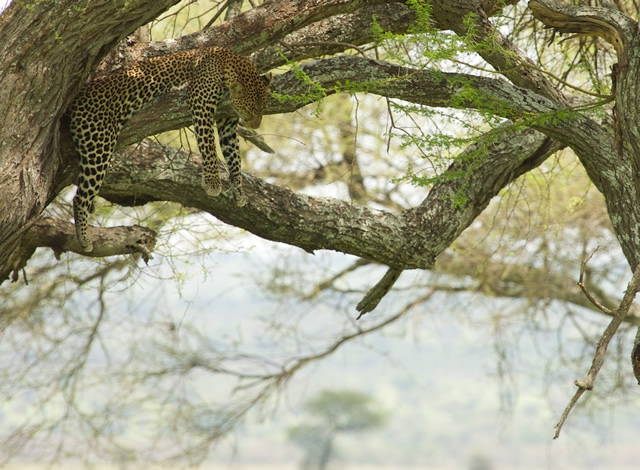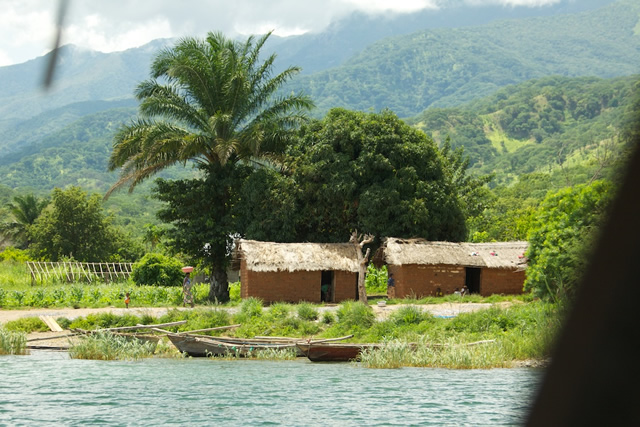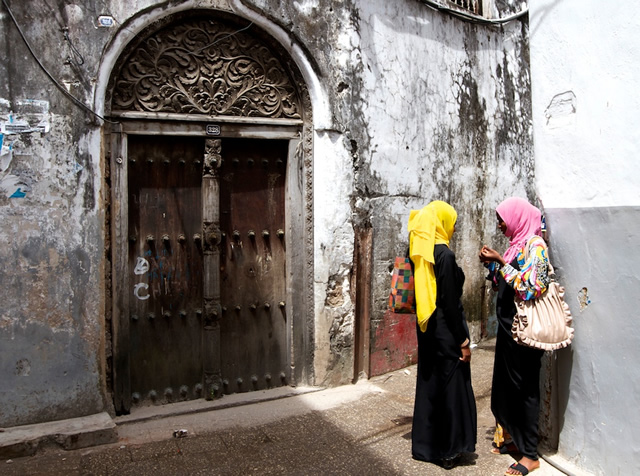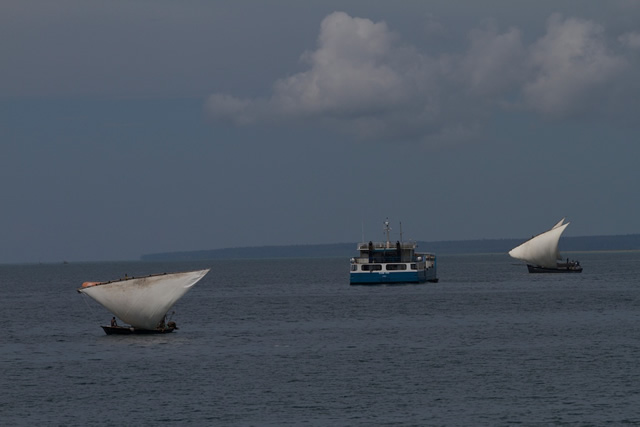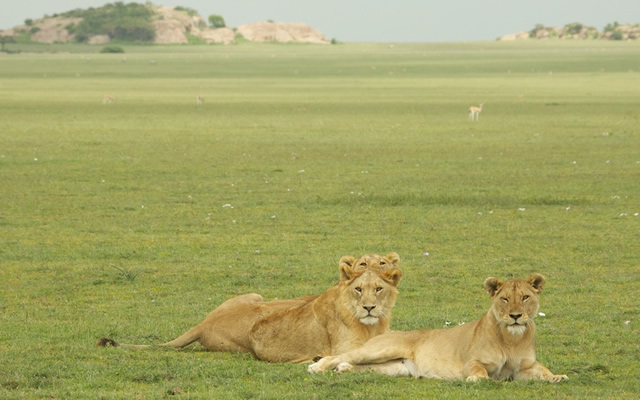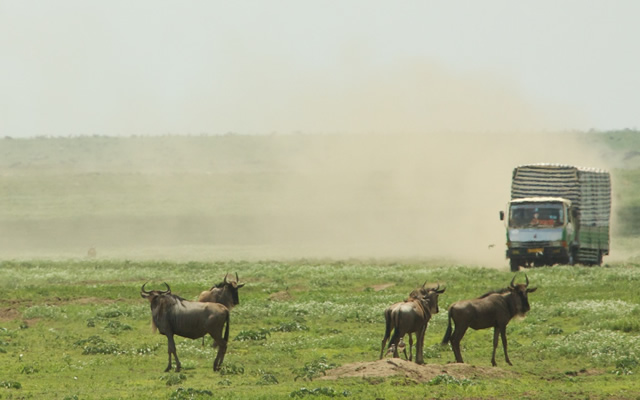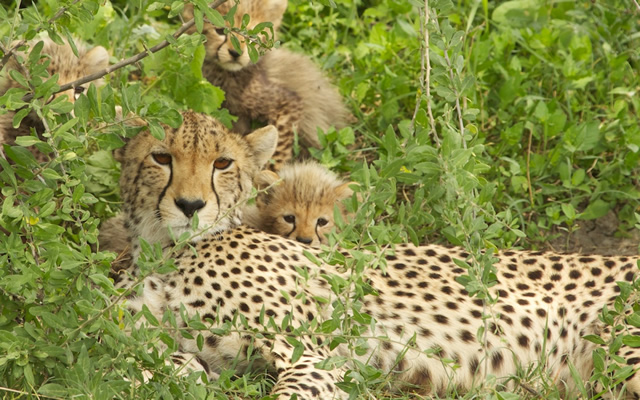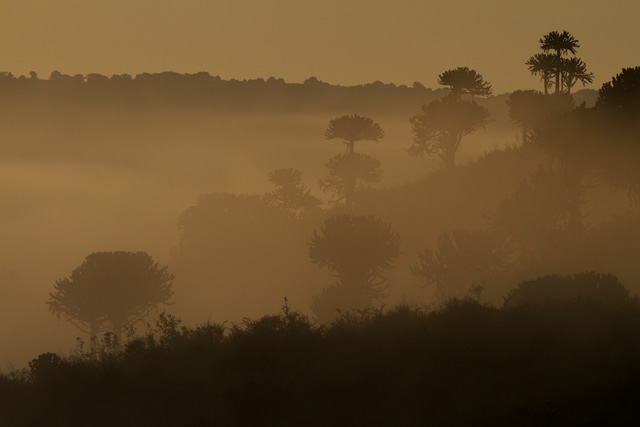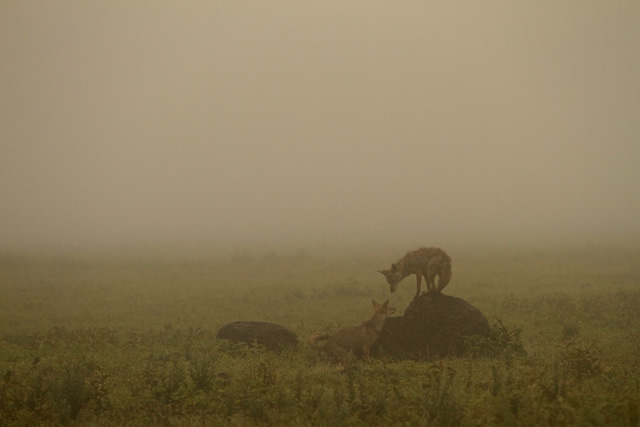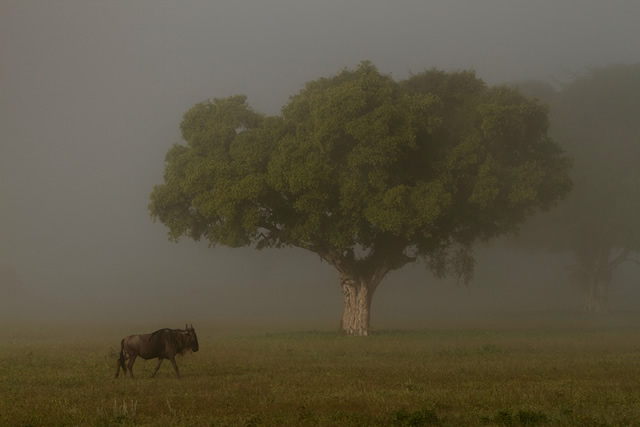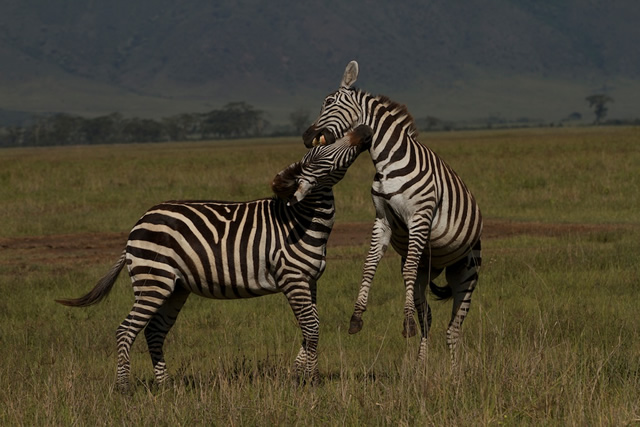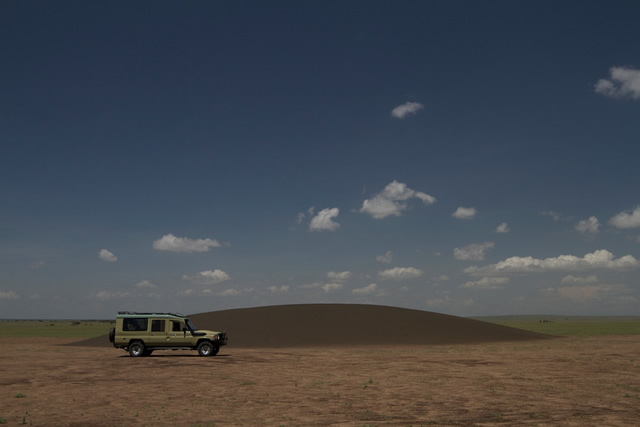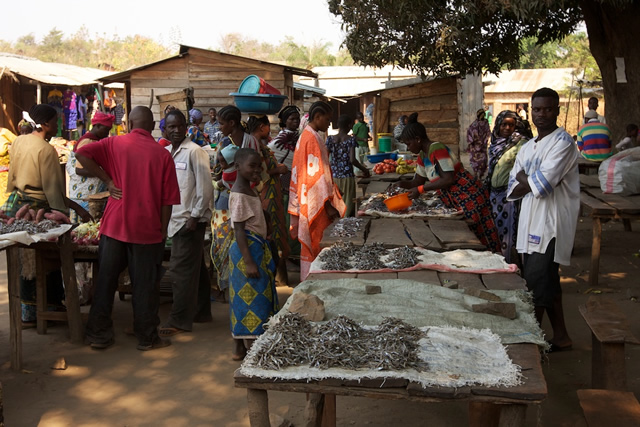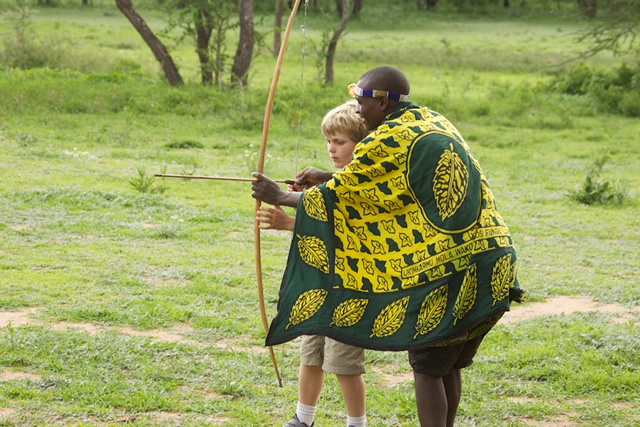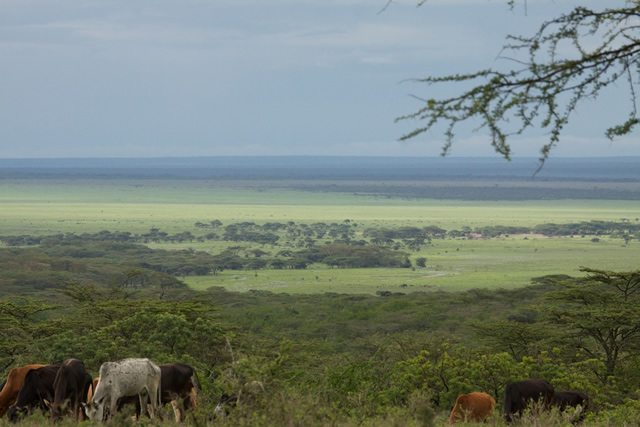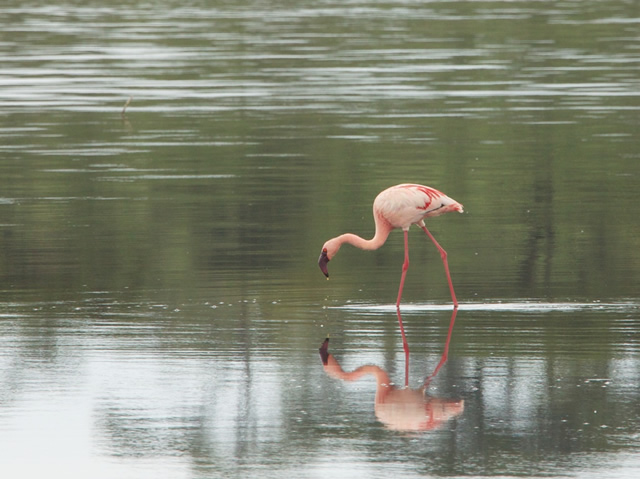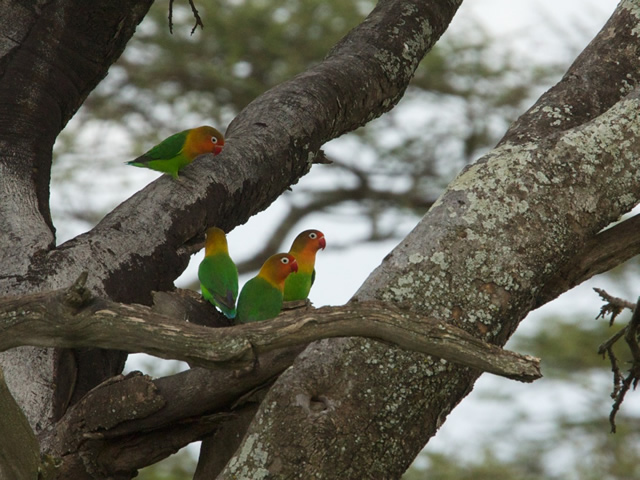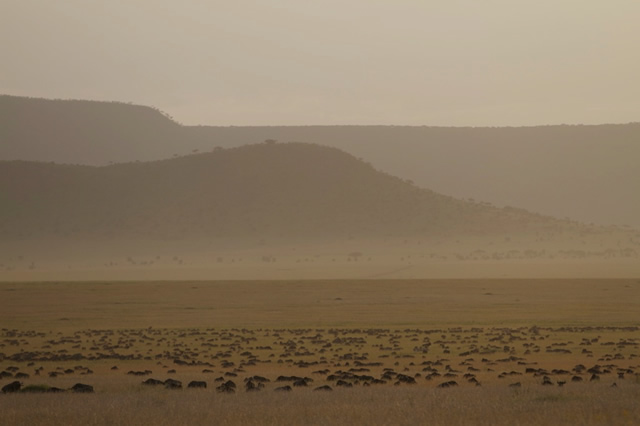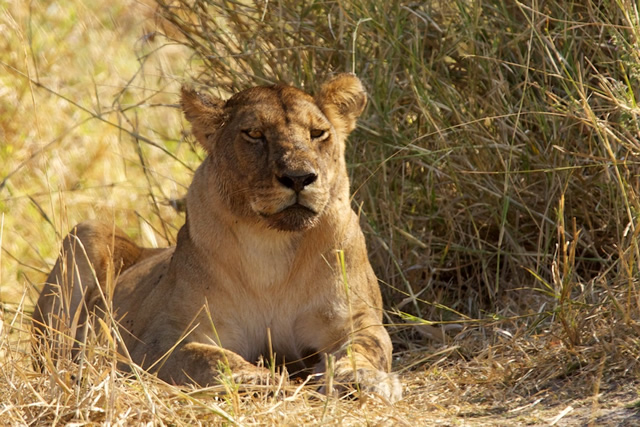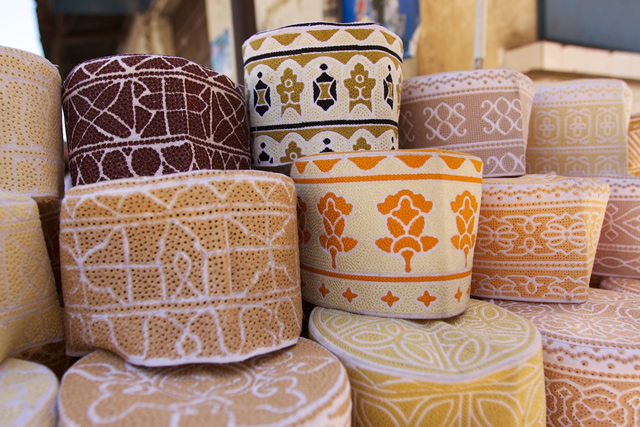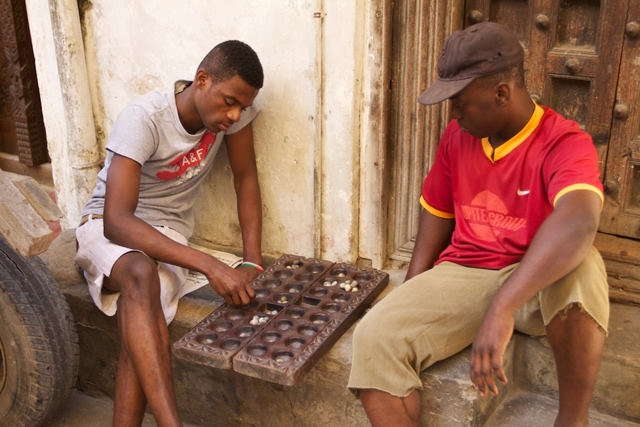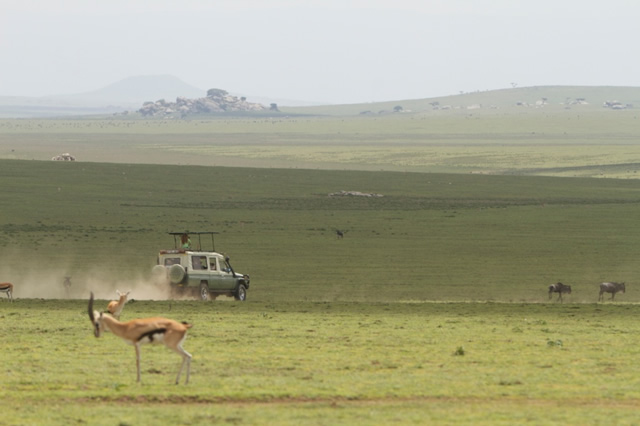Northern Tanzania
The north encompasses Tanzania’s most famous parks and reserves: The Serengeti, Ngorongoro Crater and Mount Kilimanjaro. Not surprisingly this is the most popular and usually the first safari destination for most visitors.
Northern Tanzania has truly spectacular scenery, with dramatic changes in short distances, mostly due to the all-encompassing presence of the Great Rift Valley. This is a deep fissure in the crust of Africa, which has created lush and crisply cool highlands, dry and hot depressions interspersed with lakes and volcanoes, and vast game-rich grasslands such as the Serengeti Plains.
In Northern Tanzania we offer our luxury mobile tented safaris where we stay in our own private tented camp for a few days. When we leave, we stay in a permanent tented camp or lodge while our camp moves to our next campsite in another area of the north. This is possible because distances between one area and another are not vast. Sometimes we camp outside the national parks in areas where camping revenue is received directly by the local inhabitants.
Serengeti National Park
Highlights – The Serengeti’s large numbers of predators, and the annual drama of one of the most spectacular migrations of large animals on Earth, as the herds of zebra, wildebeest and Thomson’s gazelle move in pursuit of water and forage.
At 14,673 sq km (5,665 sq miles), which is as large as Wales or the State of Connecticut, the Serengeti is the third largest national park in Tanzania and the most famous.
The best times to visit – December-March; mid-May-October.
Ngorongoro Crater
Highlights – A Lost World and home to perhaps the highest density of large mammals in the world, stunning volcanic scenery, the best place to view the rare black rhinoceros, pink flamingos, large black-maned lions, the chance of a stay in the sybaritic Ngorongoro Crater Lodge on the Crater rim.
Professor Bernard Grzimek best described the Ngorongoro Crater in his book ‘The Serengeti Shall Not Die’ “It is impossible to give a fair description of the size and beauty of the Crater, for there is nothing with which one can compare it. It is one of the Wonders of the World.”
The best times to visit – December-March; mid-May to October.
Olduvai Gorge
At the eastern edge of the Serengeti Plain, less than an hour’s drive from Ngorongoro Crater.
Highlight – Where the Leakeys discovered Nutcracker man or “Zinj” (a nearly two million year old hominid fossil) and fossils of other contemporary species (Homo habilis) and more recent species up to and including Homo sapiens. At the small museum here you can also learn about Mary Leakey’s team’s discovery of 3.5 million year old hominid footprints at Laetoli.
Lake Manyara National Park
Highlights – Stunning scenery of the lake and the Rift Valley escarpment; great bird life; close up sightings of some of the earliest studied populations of elephants; close up viewing of many other species including blue monkeys, giraffes, olive baboons, and water monitor lizards.
Best times to visit – December-February; June-October.
Tarangire National Park
Highlights – Huge herds of elephant; good leopard sightings; the chance of seeing wild dogs, beisa oryx, and lesser kudu; ancient baobab trees and other starkly different vegetation and scenery from the rest of northern Tanzania.
The best times to visit – December and January; July to October.
Rubondo Island National Park
Highlights – Catch & release fishing for Nile Perch; the best or easiest place to see Sitatunga, close up sightings of vervet monkeys; the chance of tracking wild chimpanzees (western race); bushbuck; suni; giraffe.. and hippopotamus. This island of about 28 km long by 3-10 km wide is in Lake Victoria mid-way between Mwanza and Kigali (Rwanda).
The best times to visit – June to October.
Other areas in northern Tanzania
Highlights – Wild, often remote; the possibility of meeting semi-nomadic tribes such as the Maasai; no park restrictions, so the possibility of walking, going on night drives and other activities.
We camp in two areas bordering the Serengeti national park that match the park in amounts of game, and have the added advantage of being able to do more activities and learn about the local Maasai tribe.
In another area bordering Lake Eyasi it is also possible to visit hunter gather nomadic Hadzabe tribesmen and follow them on their gathering or hunting activities. The wildlife in this area is more limited, although the opportunities for cultural interaction is quite varied, as aside from the Hadzabe, we can also encounter Barabaig and mixed Bantu groups.
Mount Kilimanjaro
The highest mountain in Africa.
At 5,895m (19,340 feet) above sea level, Mount Kilimanjaro is Africa’s highest mountain. It is probably the most stunning when its snow-capped plateau, Kibo, is seen rising above the clouds from the hot plains below. When Johannes Rebman first saw the mountain on 11th May 1848, few believed his reports of snow so near the equator. Fortunately, the snows of Kilimanjaro are attainable by most people in a reasonably healthy condition as the climb is not technical.
South and West Tanzania
This is the remotest part of Tanzania. Distances are great. Here we can stay in small permanent tented camps or lodges, either luxurious, or in magically isolated and serene locations, reminiscent of a bygone age. In some of these areas we can stay in our own lightweight mobile tented camp. Few people visit these areas as travel here often involves costly air charters. However for those who do venture here the rewards are plentiful. All of these areas are beautiful, wild, and different from each other. It is rare to encounter other tourists, and when you do, there is usually a healthy exchange of news and experiences! It is possible to combine a northern Tanzania safari with the south or west.
Lake Katavi National Park
Highlights – Very wild and very remote; huge pods of hippos; enormous herds of buffaloes; wild elephants. Interesting floodplains.
Best times to visit – June to October
Mahale Mountains National Park
Highlights – Chimpanzees; red colobus monkeys; red-tailed monkeys; no roads; crystal clear Lake Tanganyika; varied and numerous cichlid fish populations; snorkeling; boating; walking; romantic and unique camp situated on a white sandy beach.
Best times to visit – December & January, August to October.
Ruaha National Park
The second largest national park in Tanzania, covering 20,226 km sq (7,810 sq miles) and located in the centre of the country. Highlights – Wild remote, and dramatically different from any other park in Tanzania. There are numerous and wild elephants; great leopard sightings; lots of giraffes, yellow baboon, zebra, and some large herds of Cape buffalo; and it is the only national park in Africa where both greater and lesser kudu are found- There populations of large mammals not seen in northern Tanzania, but in the more remote miombo woodland such as sable antelope, and Lichtenstein’s hartebeest. different bird life and vegetation from northern Tanzania. Best times to visit – June to October.
Nyerere National Park (created 2019 from the Selous Game Reserve)
Highlights – The Rufiji River; crocodiles, hippos, tiger fish and other aquatic life; dramatically different scenery and vegatation from elsewhere in Tanzania; the possibility of going on walks, boating and fly camping.
The Selous Wildlife Reserve was established in 1922 to honour Frederick Courteney Selous, the famous bushman and elephant hunter, who lost his life here during the First World War. The reserve was twice the size of Wales or the State of Maryland, larger than Switzerland and half the size of the State of Kentucky, at 55,000 sq km, was one of the largest wildlife areas left in the world. In September 2019 the Tanzanian parliament approved the creation of Nyerere National Park, formed by excising land from the Selous Game Reserve. The new national park will consist of all of the land north of the Rufjiji River and will cover an area of 30,893 km (11,920 sq miles), making it the largest national park in East Africa.
Best times to visit – June to October.
The Tanzanian Coast
The culture of the Coast is dramatically different from the interior of Tanzania. Here the trade winds resulted in a centuries old interchange of cultures between the African continent and Asia (Arabia, Persia, India and even China!). Dishes are flavoured with spices, and the influence of the near east is evident in the music.
Zanzibar
Zanzibar Island (or Unguja in Swahili) is just a short distance from the mainland. It became a powerful economic centre for Arab traders over the last four centuries, but it has been visited by Sumerians, Assyrians, Hindus, Egyptians, Phoenicians and Southern Arabians for more than a thousand years. The Omani influence peaked during the mid-nineteenth century at the height of the spice and slave trades, when Zanzibar was the political and commercial centre of East Africa.
There are two contrasting experiences for the visitor while on Zanzibar: the old Stone Town and the beaches. The Old Stone Town with its characteristic moorish Arab architecture, where each house has its unique carved door and lintel, bordering narrow streets, its aroma of spices, souqs or markets, bustling activity in the late morning, and sleepy stillness during the afternoon siesta hours. There are a few luxurious hotels in Stone Town, which serve as a perfect base while exploring the alleys and tasting the exotic dishes in this area.
In direct contrast with Stone Town are the quiet breezy white sand beaches and coves, timeless fishing villages, and small islands and excellent reefs for snorkeling. Matemwe Bungalows is an idyllic place to relax overlooking the Indian Ocean.
Mnemba Island
Mnemba Island is a tiny islet off the north-east coast of Zanzibar (Unguja). The island is completely private, the style being “barefoot luxury” – with 10 cottages made of banana leaf and thatch roofs spaced around its sandy shores. There is an open dining area and separate lounge area for relaxing. The food is excellent and the bar is fully stocked. The coral reefs around the island are some of the best in the area for snorkeling and scuba diving. Water ski-ing, wind surfing, and game fishing are also available.
Pemba Island
Pemba Island is part of the Zanzibar archipelago. It is known as the “emerald isle”, being lush and green.
Fundu Lagoon is a luxurious tented lodge on the south west coast of Pemba Island. It has great views of the ocean, and the tents are very nicely built, each with a wonderful view. Some are on the beach, and others high up on a ridge. The beach in front of the tents is white and of soft sand. In front of the dining area there are thick shady mangroves, giving the impression that you are in a cool forest looking out through a leafy window into the glare on the beach. The food is good, and the hosts very friendly.
Mafia Island
Mafia Island lies in the Indian Ocean a short distance off the delta of the great Rufiji River. It is separate from the Zanzibar archipelago, being considerably further south. The island, which was a regular stop for Arab dhows plying the coastal waters from Kilwa and Mozambique, takes its name from the Persian word for water. The diving here, amongst the most spectacular in the world, includes colourful coral gardens, walls at various levels and many shelves and coral “heads”. Mafia is now a protected marine national park, under the technical assistance of the World Wide Fund for Nature.

